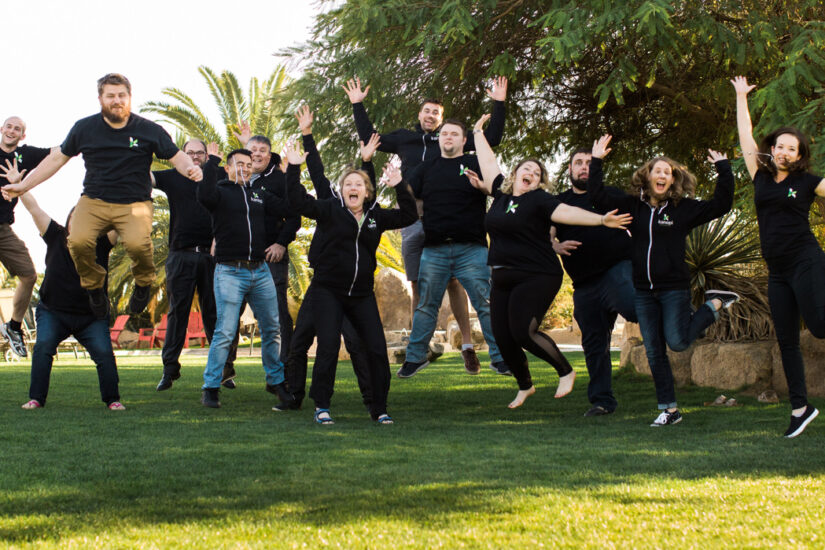For more than ten years, our team has worked with UCSF across many departments. We support clinical goals, academic progress, and research efforts. Projects range from merging platforms to updating individual websites, with the goal for each being to improve clarity and accessibility while creating lasting value. (Check out our decade of UCSF collaboration here.)
A platform built to grow
Our most ambitious collaboration involved the UCSF Department of Surgery website. This initiative consolidated more than 80 independent domains into a unified Drupal ecosystem.
We began by studying what different audiences needed. Patients had one set of needs. Researchers had another. Prospective residents required clear guidance while faculty needed direct support. We developed a template system that enabled each sub-site to retain its identity while maintaining overall brand consistency and navigation.
The result: an award-winning user experience that improved both visitor confidence and editorial manageability.
Refreshes that drive engagement
Not every project needs a ground-up rebuild. We worked on the UCSF School of Nursing site with a focus on the homepage. The team reorganized navigation and improved visual design. It also made the Apply path more visible.
The result: application page views rose 9.3% in the first three months. It’s a reminder that smart, targeted updates drive real results.
Ongoing support, long-term value
Our partnerships continue after launch. One example is the UCSF Department of Urology site. We migrated the site from Drupal 7 to a new system. We also removed unnecessary pages and improved access for all users.
The result: their Lighthouse accessibility score rose from seventy to one hundred. Our update also included new tools that make editing easier.
Effective websites need to evolve over time, which is why we stay involved to help yours keep improving.
A modern experience for patients and providers
For the UCSF Department of OB/GYN, we led a full redesign that made the site easier to navigate for patients seeking care and faculty looking for clinical or research resources. The new structure makes each pathway easier to use. It also brings important services forward and improves access for every user.
The result: a modernized experience that can support both clinical needs and everyday content management.
Clarity in a fast-moving environment
The Department of Emergency Medicine needed a site that could serve multiple audiences without overwhelming any of them. We delivered a refreshed experience that organizes clinical content into clear pathways. It also arranges academic and research material in the same way to help users find what they need. Visitors can now move quickly from high-level overviews to detailed information with far less effort.
The result: this project demonstrates how thoughtful restructuring can bring order to even the most complex content ecosystems.
So, what makes the partnership work?
UCSF operates a complex web ecosystem with many departments and platforms. They need a partner who can cover their full range of needs, including:
- Extensive experience in higher education and healthcare web environments
- Proven track record across dozens of UCSF departmental sites
- The flexibility to handle website projects of any scale or scope; from full redesigns, to mid-life refreshes, to ongoing support
Sustaining a digital environment this broad requires a partner who can think beyond individual projects and focus on continuity.
Here’s what you need in a strategic partner
Higher ed and healthcare often serve wildly different audiences simultaneously. Find a partner who understands that complexity and delivers results that address it.
And as we always say, launch day is only the beginning. Ask about long-term stability and how they handle evolving needs.
Demand concrete outcomes like better engagement metrics and clearer user paths. Look for editing workflows that don’t need developer support.
Ideally, your team should control messaging and content while your partner looks after platform health, performance optimization, and accessibility compliance. This arrangement lets each side focus on core work and move forward without delay or dependence on the other.









